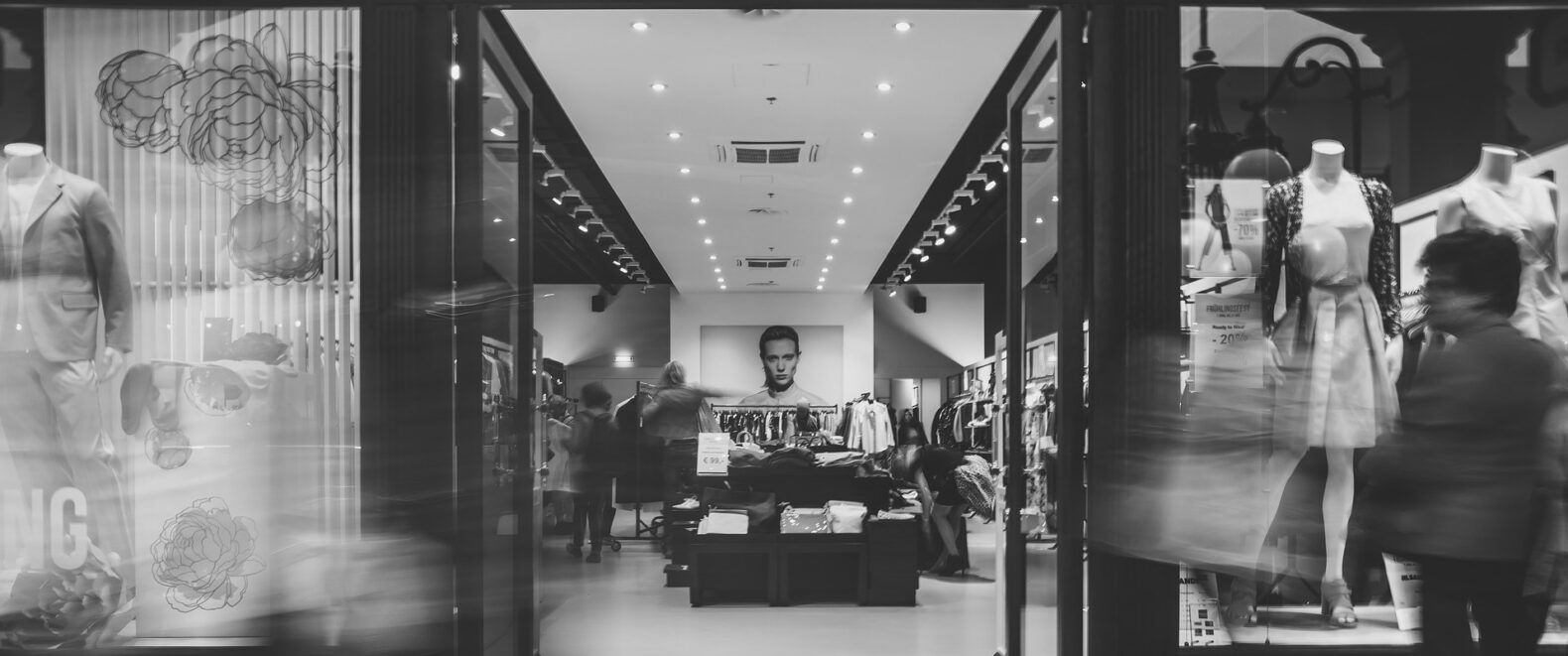The retail landscape is changing rapidly, and businesses need to keep up if they want to survive. E-commerce and omnichannel are becoming increasingly important, and retailers need to be prepared if they want to stay ahead of the curve.
In fact, spending on e-commerce is expected to reach $36 billion in 2024 – that’s a 20% increase from 2023. As more and more consumers adapt to technology, their expectations change too. It’s crucial for retailers to keep up with the latest trends so they can make informed decisions about their business strategy.
Here are five key consumer buying behaviour trends and retail trends that you need to know about for 2023:
Hybrid and Omnichannel Customer Journeys
Online shopping is incredibly convenient. Shoppers can do it from anywhere at any time, which means they have access to almost anything they could ever want. And for your brand, this is brilliant because it enables you to track customer behaviour and combine it with data from other online sources.
There are plenty of advantages to shopping offline that are often overlooked. For one, consumers can get what they need right now, and it gives them the tangible experience of being able to look at, feel and even taste or smell products before buying them. This immediacy is something that online shopping simply cannot provide.
The best approach to shopping, then, is to hybridise it, bringing the best of both worlds together – online and offline – to create customer journeys that tick all the boxes. By combining the convenience and accessibility of online shopping with the personal touch and support of offline shopping, businesses can create an experience that is tailored to the needs and preferences of each individual customer.
In this way, customers can get the best of both worlds – the individual conveniences and personal touches of shopping online and offline while businesses can boost their bottom line by catering to the needs of all of their customers.
Social Selling will Take the Front Seat
Social selling is a growing trend due to its convenience and unobtrusive advertising. Notably, 75% of retailers already sell on social media platforms, using features like social storefronts and shoppable posts. Social commerce is predicted to reach $30.73 billion in sales in 2023, which would account for 20% of all global retail eCommerce sales.
Social selling is convenient because customers can browse and make purchases without leaving the social media platform. This is important because customers are increasingly spending more time on social media sites. In fact, stats have shown that people spend an average of 2 hours and 25 minutes on social media every day.
There’s no doubt that social selling and influencer marketing is becoming more popular among eCommerce brands and retailers.
There’s no doubt that social selling and influencer marketing is becoming more popular among eCommerce brands and retailers. These channels offer a rapid return on investment, the ability to target audiences strategically, and the overall appeal to their emotions. Thanks to these benefits, we can expect to see even more growth in these areas in the future.
Customers often view influencer marketing as more trustworthy than brand messaging, and they are more likely to try out brands that are endorsed by influencers they follow. Many new brands launch themselves using this strategy, and even bigger brands use it extensively to market to their online audiences – especially for brands targeting Millennials and Gen Z audiences, who have a higher online presence and social media usage.

The Metaverse will Create Waves
In recent years, the metaverse has become significantly more prevalent, with retailers investing heavily in this new virtual reality space. Many people are excited about the potential of the metaverse, and 74% of adults in the USA are willing to spend up to $1000 on VR gear to join it. Global spending on AR/VR is rising rapidly and is predicted to reach $72.8 billion in 2024.
This represents a unique opportunity for luxury brands and high-end retailers to get ahead of the competition by capitalising on the metaverse’s potential. So far, these brands have been leading the way with innovative campaigns and collaborations that are gaining massive traction and making headlines both inside and outside the metaverse.
Adidas, Nike, Tommy Hilfiger, Samsung, and Burberry are among the well-known names that have either already established a presence or stated that they plan to do so.
The metaverse is a rapidly growing market with immense potential. It is predicted to hit over $800 billion in 2024 – a compound annual growth rate (CAGR) of more than 13%. And with 400 million monthly active users in 2022, it has already been predicted that we are approaching times when 25% of people will spend an hour or more on the metaverse every day (as soon as 2026). The future looks bright for the metaverse!
Personalised Experiences will Go a Long Way
If you want to stay ahead of the competition in the retail world, you need to start offering personalised shopping experiences to your customers. This is something that they have come to expect, and it’s a great way to keep them coming back.
- Customers are more likely to be repeat shoppers when they have personalised shopping experiences, and they’ve come to expect custom deals and promotions each time they provide data to a retail platform. In fact, 60% of shoppers say that these factors influence their decision to shop with a specific brand or retailer.
- In 2022, 74% of eCommerce companies have a website personalisation program, investing in curating highly personalised experiences across critical touch points, while others are still lagging behind and just starting to understand and explore ways to personalise experiences.
- Retail trends show that 89% of companies that rate their experience management strategy as better than average report better revenue growth than competitors.
The stats say it all: with eCommerce more competitive than ever before, personalised shopping experiences are no longer a luxury but a necessity. Thanks to advances in technology and data analytics, we’re able to create amazing personalised shopping experiences that customers love. So if you’re not already on board, now is the time to get started.
Circular Economy will Gain Momentum
In order to be successful in retail in 2023, businesses will need to continue to adapt to the fact that consumer purchasing decisions are increasingly based on ethics, environmentalism, and sustainability.
The concept of recommerce, also known as the circular economy, stems from today’s socially conscious customers. As a result of increased awareness of climate change and the younger generation’s commitment to activism, 52% of consumers today value increased sustainability efforts from brands.
What has always been a linear economy in retail—raw materials are transformed into products and discarded once used—is a significant source of waste and carbon emissions.
In a circular economy, products and raw materials are reused, recycled, and upcycled. They are ethically and locally sourced to make the entire business model sustainable, resulting in less waste and carbon emissions.
Coupang, a Korean retailer, is a good example of a company that eliminated packaging from 75 per cent of its deliveries, resulting in increased brand loyalty and lower logistical costs.
As more people become aware of the increasingly serious nature of the threats to our environment and planet, technology that enables brands to both find new solutions to these problems and do so in a transparent and accountable manner will be more widely adopted throughout 2023.

In Summary
At Stellar, we understand that in order to create a successful brand, you need to go above and beyond to provide unparalleled experiences that will delight and intrigue your audience. We also know that in today’s ever-changing world of retail, it’s more important than ever to be able to reach your customers across multiple channels and with consistency.
While it’s important to be everywhere at once, it’s even more important to make sure that your brand persona is authentic and engaging across all channels. This way, you can inspire your followers to connect with you, invest in your brand, and share your content with others. By making the relationship mutually beneficial, you’ll be able to build a community of customers who value your brand and will remain loyal to it.

